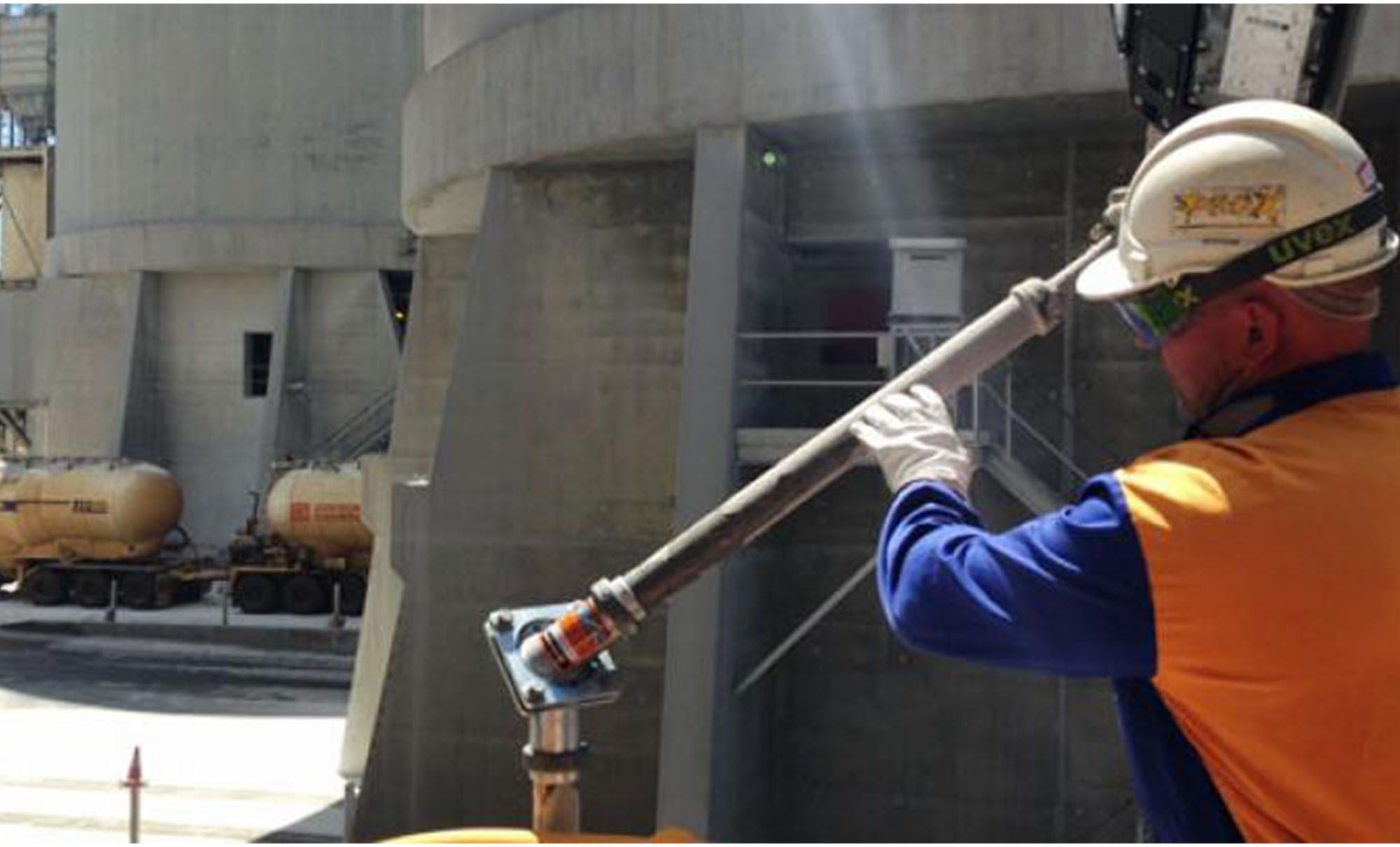Article by Eddie Guidry | Originally published at www.ecmweb.com on September 29, 2017.
Minimum required lighting levels aren’t the only important criteria to consider.
When designing lighting layouts in a petrochemical plant, there are many criteria the designer must look at. Among the basic safety considerations are:
- What are the minimum required footcandle levels for each type of area? Is the intent to provide enough lighting to safely work? Or, is the minimum lighting level just intended to provide some visibility to avoid tripping hazards?
- Is illumination required for an emergency means of egress for personnel?
- How will the electrician “tie off” while installing and servicing the luminaire?
The first consideration is a relatively simple one to solve. For clients who may not have specific standards for illuminances, the designer can use API RP 540, “Electrical Installations in Petroleum Processing Plants.” This document is published by the American Petroleum Institute. Among all the information for designing industrial electrical systems in general, it also provides charts for common illuminances in plants.
The second item on the list above requires input from the client, who also typically serves as the Authority Having Jurisdiction (AHJ). Depending on the location of the platform, deck, or operating areas at grade level, there may be instances where during normal operating conditions personnel will be present. In these cases, if the normal lighting were to fail, there must be emergency lighting available to assist the workers to see the means of egress. Vertical ladders up the side of process columns or plant stairways may also fall into this category.
Number three on the list requires some ingenuity and thought. Installation and servicing of lighting for grade level may require the use of a ladder or scaffolding. The electrician must tie off when working over certain heights. These heights are dictated by OSHA 29 CFR 1926; however, the plant may have more stringent requirements. When the luminaires are installed on elevated platforms and walkways, consideration should be given to outfitting the stanchion mounted luminaires with break-over type conduit stanchions or other variations of such so that the luminaire can be lowered and accessed without having to climb a ladder and then subsequently not having anywhere to tie off. Likewise, for surface-mounted luminaires or column-mounted luminaires at elevated heights, they should ideally be placed near a structural member so that 100% tie off can be achieved while installing or performing maintenance.
© 2017 Fluor Corporation. All Rights Reserved.
